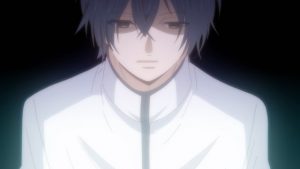 I’m coming to terms with the fact that Kono Oto Tomare is preparing to ride off into the anime sunset forever in two weeks. It’s been toiling in near-anonymity in English of course – even here, it barely registers a blip (or a comment). But an obvious lesson from years as an anime fan (or writer) is that there’s no connection between that and the quality of the work. I have an enormous fondness for this series, lacking in slickness and polish though it may be, and I hope the manga continues to be translated until it concludes. I’d hate to not be able to experience the ending when Sakura Amyuu finally delivers it.
I’m coming to terms with the fact that Kono Oto Tomare is preparing to ride off into the anime sunset forever in two weeks. It’s been toiling in near-anonymity in English of course – even here, it barely registers a blip (or a comment). But an obvious lesson from years as an anime fan (or writer) is that there’s no connection between that and the quality of the work. I have an enormous fondness for this series, lacking in slickness and polish though it may be, and I hope the manga continues to be translated until it concludes. I’d hate to not be able to experience the ending when Sakura Amyuu finally delivers it.
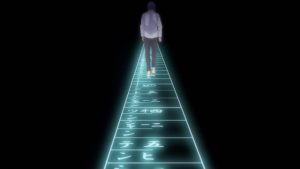 This episode was really all about Hakuto – along with Himesaka the only school that really matters as a Tokise rival in this Kanagawa regional qualifier. Sakura takes an interesting approach in setting up those two schools as the polar opposites, rather than having the protagonists themselves be a part of the equation. What that does is make Tokise stand apart that much more – they don’t neatly fit as anybody’s opposite because their style is singular. It’s pretty shrewd actually, and I think extremely effective (as the final two episodes are going to show).
This episode was really all about Hakuto – along with Himesaka the only school that really matters as a Tokise rival in this Kanagawa regional qualifier. Sakura takes an interesting approach in setting up those two schools as the polar opposites, rather than having the protagonists themselves be a part of the equation. What that does is make Tokise stand apart that much more – they don’t neatly fit as anybody’s opposite because their style is singular. It’s pretty shrewd actually, and I think extremely effective (as the final two episodes are going to show).
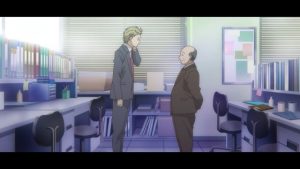 The story of Hakuto, really, is the story of two people – Taishin and Mio (and to me, that’s a problem for them). Mio is Taishin’s muse, plain and simple. And these two need each other in equal measure. Mio is Taishin’s inspiration to take the mathematical (his first love) approach to composition he sees in his head and make it come alive. And Taishin is the one trying to finally blow up the dam that’s always existed inside Mio’s creative soul. Mio is forever trapped on the path because he sees the “right” way to play every piece he performs – the challenging task for Yamamoto-sensei is to compose a piece that not just allows him the freedom to leave the path, but demands it.
The story of Hakuto, really, is the story of two people – Taishin and Mio (and to me, that’s a problem for them). Mio is Taishin’s muse, plain and simple. And these two need each other in equal measure. Mio is Taishin’s inspiration to take the mathematical (his first love) approach to composition he sees in his head and make it come alive. And Taishin is the one trying to finally blow up the dam that’s always existed inside Mio’s creative soul. Mio is forever trapped on the path because he sees the “right” way to play every piece he performs – the challenging task for Yamamoto-sensei is to compose a piece that not just allows him the freedom to leave the path, but demands it.
 The fact that Taishin is leaving after this term to run his family’s inn because his father fell ill lends a certain poignancy to Hakuto’s situation. Miyu Irino is a perfect choice for Taishin because we need to emotionally connect to this man in a very short time, and no seiyuu is easier to connect with than Miyu. One gets the sense that Hakuto could as easily have been the subject of a series as Tokise, that their story has unexplored depth and substance. And that’s a quality very good series often have with their supporting players.
The fact that Taishin is leaving after this term to run his family’s inn because his father fell ill lends a certain poignancy to Hakuto’s situation. Miyu Irino is a perfect choice for Taishin because we need to emotionally connect to this man in a very short time, and no seiyuu is easier to connect with than Miyu. One gets the sense that Hakuto could as easily have been the subject of a series as Tokise, that their story has unexplored depth and substance. And that’s a quality very good series often have with their supporting players.
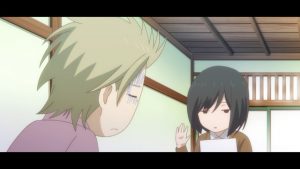 As to which performance between Hakuto and Himseka constitutes the greater threat – and which you prefer – I think it comes down to individual interpretation. Himesaka is really about the ensemble over the individual and the performance over the piece. Dexterity, synchronicity and technical skill are their bailiwicks – to a fault, I would argue. With Hakuto there’s never any question that the story is all about Mio. His solos carry the performance so much than one often forgets the others are on stage. They represent the individual over the group, but also the composition as much as the performance of it. Ironically, by demanding interpretation Yamamoto-sensei highlights the written score. Truly, he “makes it sound uncalculated by calculating” – it’s easy to see why Suzu-chan is impressed.
As to which performance between Hakuto and Himseka constitutes the greater threat – and which you prefer – I think it comes down to individual interpretation. Himesaka is really about the ensemble over the individual and the performance over the piece. Dexterity, synchronicity and technical skill are their bailiwicks – to a fault, I would argue. With Hakuto there’s never any question that the story is all about Mio. His solos carry the performance so much than one often forgets the others are on stage. They represent the individual over the group, but also the composition as much as the performance of it. Ironically, by demanding interpretation Yamamoto-sensei highlights the written score. Truly, he “makes it sound uncalculated by calculating” – it’s easy to see why Suzu-chan is impressed.
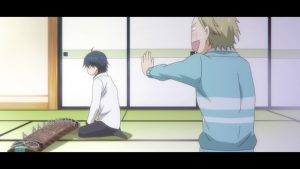 Hakuto’s performance is certainly distinctive, and very impressive when Mio finally steps off the path. Where Himesaka are a Shinkansen (the Nozomi to be sure) Hakuto are a local, forever speeding up and slowing down – or stopping altogether. I truly do believe Taishin gets the maximum possible out of this group – but as with Himseaka, their performance doesn’t feel unassailable. I know who I’d rather listen to in concert, but as a judge? I would wonder if Hakuto were truly an ensemble, just as I would wonder if Himesaka really have the soul of an artist.
Hakuto’s performance is certainly distinctive, and very impressive when Mio finally steps off the path. Where Himesaka are a Shinkansen (the Nozomi to be sure) Hakuto are a local, forever speeding up and slowing down – or stopping altogether. I truly do believe Taishin gets the maximum possible out of this group – but as with Himseaka, their performance doesn’t feel unassailable. I know who I’d rather listen to in concert, but as a judge? I would wonder if Hakuto were truly an ensemble, just as I would wonder if Himesaka really have the soul of an artist.
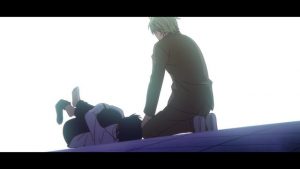 That, then, clears the stage for the stars to shine. Of course the To-kids are nervous – for all but Takezou this is their first regionals – and going on immediately after Hakuto is a challenge. Takezou is not at heart a natural leader and can’t provide what a natural leader does, but it’s his vulnerability that gives the others inspiration. Tokise is a mismatched group – uneven in terms of talent, experience and style – but it’s the straightforward way they express themselves through their art that makes them special. As long as they remain true to themselves – and the title of their performance piece – the rest is up to the judges.
That, then, clears the stage for the stars to shine. Of course the To-kids are nervous – for all but Takezou this is their first regionals – and going on immediately after Hakuto is a challenge. Takezou is not at heart a natural leader and can’t provide what a natural leader does, but it’s his vulnerability that gives the others inspiration. Tokise is a mismatched group – uneven in terms of talent, experience and style – but it’s the straightforward way they express themselves through their art that makes them special. As long as they remain true to themselves – and the title of their performance piece – the rest is up to the judges.


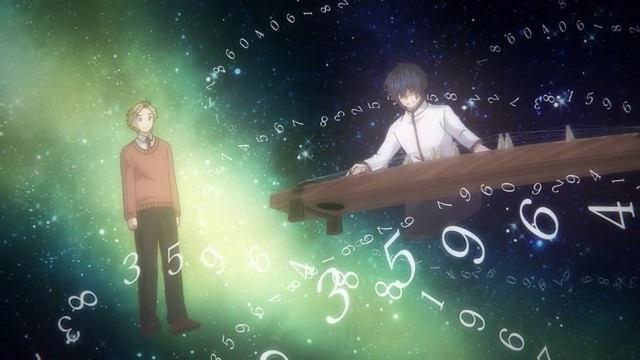
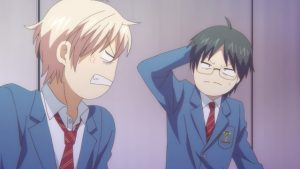
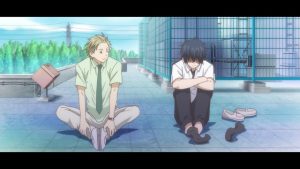
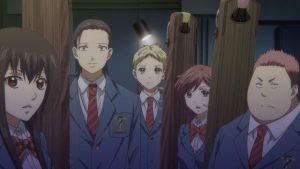

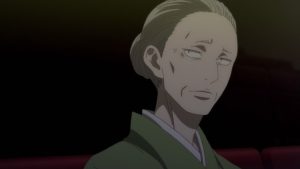

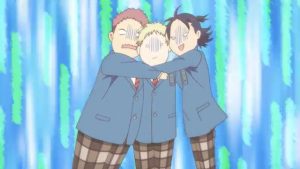
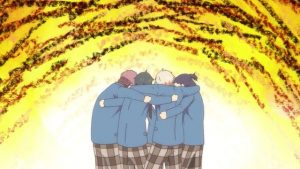
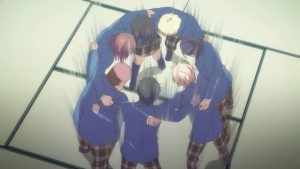
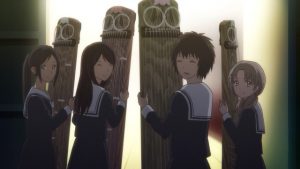
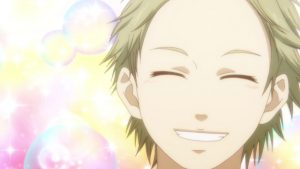
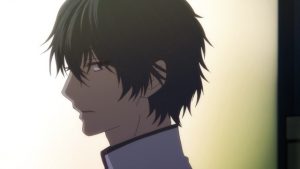

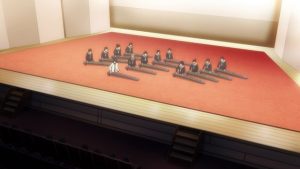
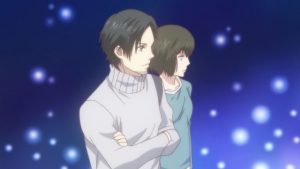


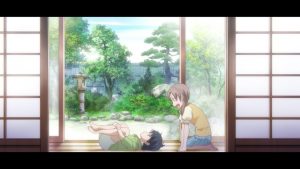
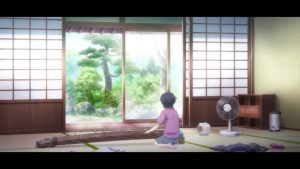

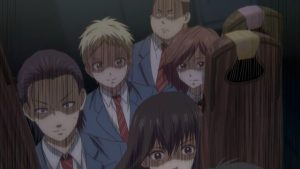
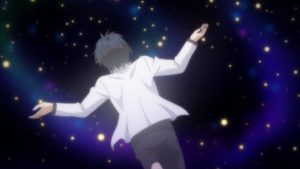
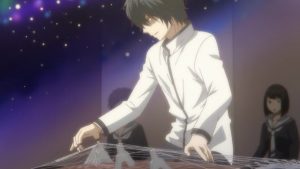
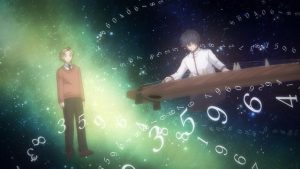



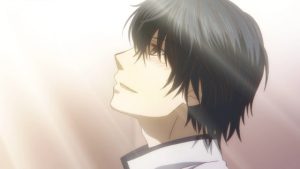
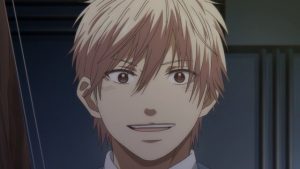
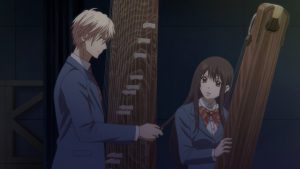
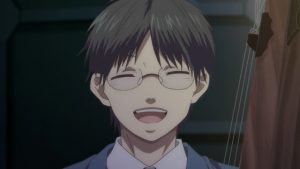
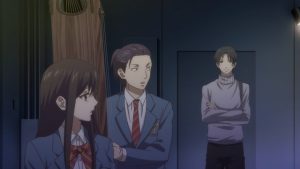
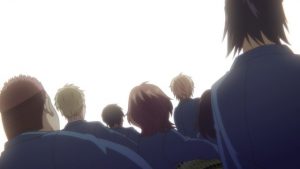
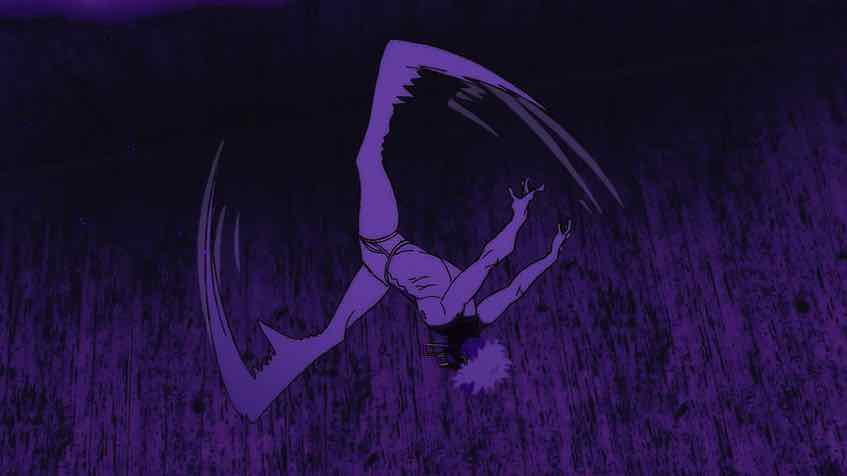
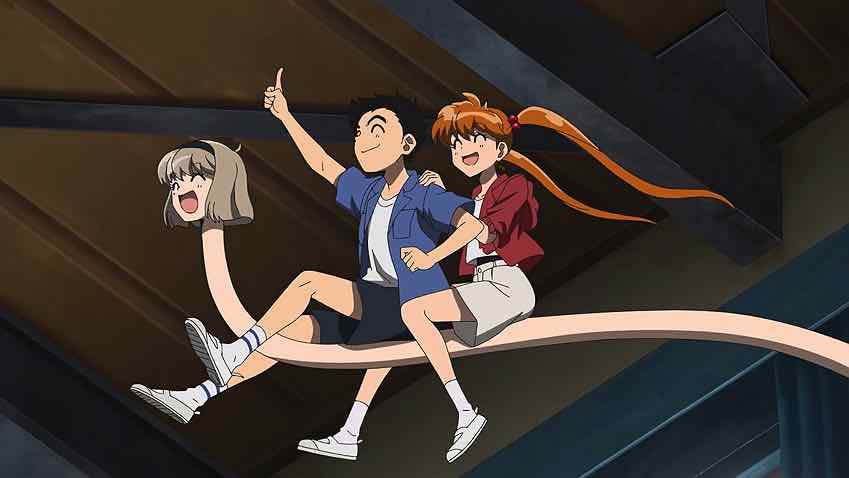
leongsh
December 15, 2019 at 1:37 pmI hope they play the whole song, Tenkyuu, without any break in it. It is close to 8 minutes in length.
Guardian Enzo
December 15, 2019 at 2:23 pmWe have two eps left – I would be very surprised if they don’t.
Honestly, any performance is going to struggle to top the performance in Episode 5 (which was shown in full). That may be my favorite piece of musical performance as drama in anime, and it’s without a question the most emotional scene in the medium for me this year.
Yann
December 17, 2019 at 12:39 pmJust for the record… This is one of my favorite series, but it’s such a straight forward show that I’ve never felt like commenting on it. Maybe I’m not the only one…?
Kyruuk
December 17, 2019 at 1:42 pmI can agree with that. But I’ve also followed the manga for several years now, so the only thing I’d have to comment on is how the series is as an adaptation, so for this episode, I can say some things looked good and another things looked less good while still being faithful to the source. Actually, one moment I want to specifically hone in on is the halfway point of Hakuto’s performance where Mio’s plucking that one note over & over again set against the backdrop of his memories and everyone in the hall acknowledging that it’s building up to something big, which becomes the second half of the piece. The use of narration over the performance still gets some grief from animeonly viewers, but I thought that moment was great at stretching out time and layering on tension that was finally liberated by Mio’s self-expression. A short but important scene that I thought was done well.